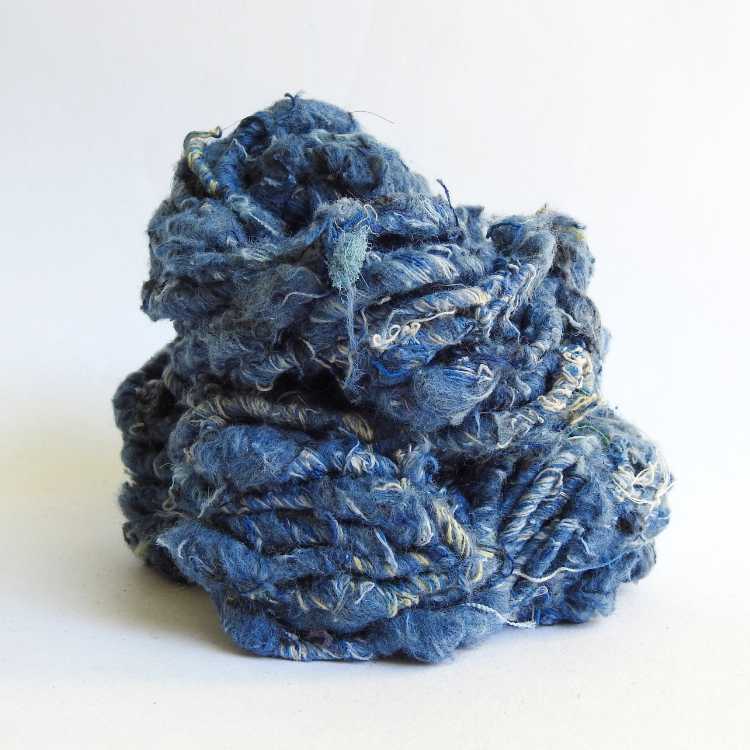Experimental Dyeing with Beetroot Juice
Introduction
I thought that it would be fun to dye some of our Eri White Silk Cocoons in beetroot juice - the colour of beetroot is fabulous and I wanted to see how the white cocoons transformed with some natural colour.
For the following experiments I used beetroot juice from canned beetroot.
What I Did
So I had a few attempts at dyeing the cocoons with beetroot juice. Here is a summary of what worked and what didn't.
Attempt 1
For this attempt, I added bicarbonate of soda to the simmering pot of cocoons (I had read somewhere that the bicarb will help release the sericin which holds the silk thread to the cocoon). Unfortunately, the bicarb turned the whole pot a mucky brown colour and I had to bin the lot!
Attempt 2
For my second attempt, I decided to try and intensify the beetroot colour as much as possible by pureeing the canned beetroot with it's juice. After sieving through a fine sieve I then simmered the cocoons in the juice. Unfortunately the small amount of pulp which still remained in the juice after sieving clung in lumps to the fine silk thread. As a result of this the cocoons were unable to dry properly and were a sticky mess!
Attempt 3
On my third attempt I stuck to simmering the cocoons in the beetroot juice only. No additives!
The results (pic shown) were much better - it is such a vibrant colour!
However, there was still a slight residue stickiness/tackiness in places on the surface of some cocoons. I think this must be due to the sugars etc in the pickling juice of the beetroot.
The slight tackiness stopped me teasing the silk threads from the cocoons as much as I should have been able to. But the colour is magnificent so I am very happy with that.
Conclusion
After posting my results in Instagram, people who are experts in dyeing with natural dyes (which I am not) have advised the following:
- Beetroot colour is a "fugitive" and therefore the colour with not be permanent even if you use a mordant (a mordant is a colour fixative).
- Lac and cochineal, used with a mordant/fixative, will give you beautiful pinky colours that are more or less permanent.
- You can use soymilk to act as a binder to hold colour (esp in cellulose fabrics).
- @rebeccadesnos has tutorials on natural dyeing.
I recommend using the natural juice of vegetables and not pulp.
Most of all, just give it a go - the results can be quite wonderful and definitely unique!
With thanks to @kristy_glasgow_artist, @veronique_emerand_art and @maria_maurio for your input and advice x
You can explore our range of Silk Cocoons here.




